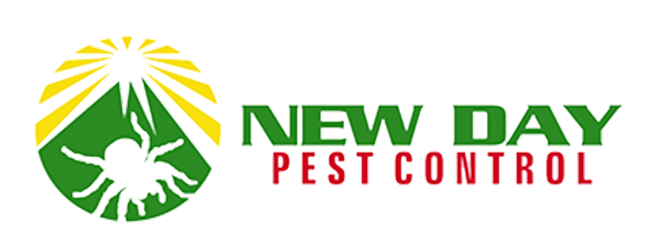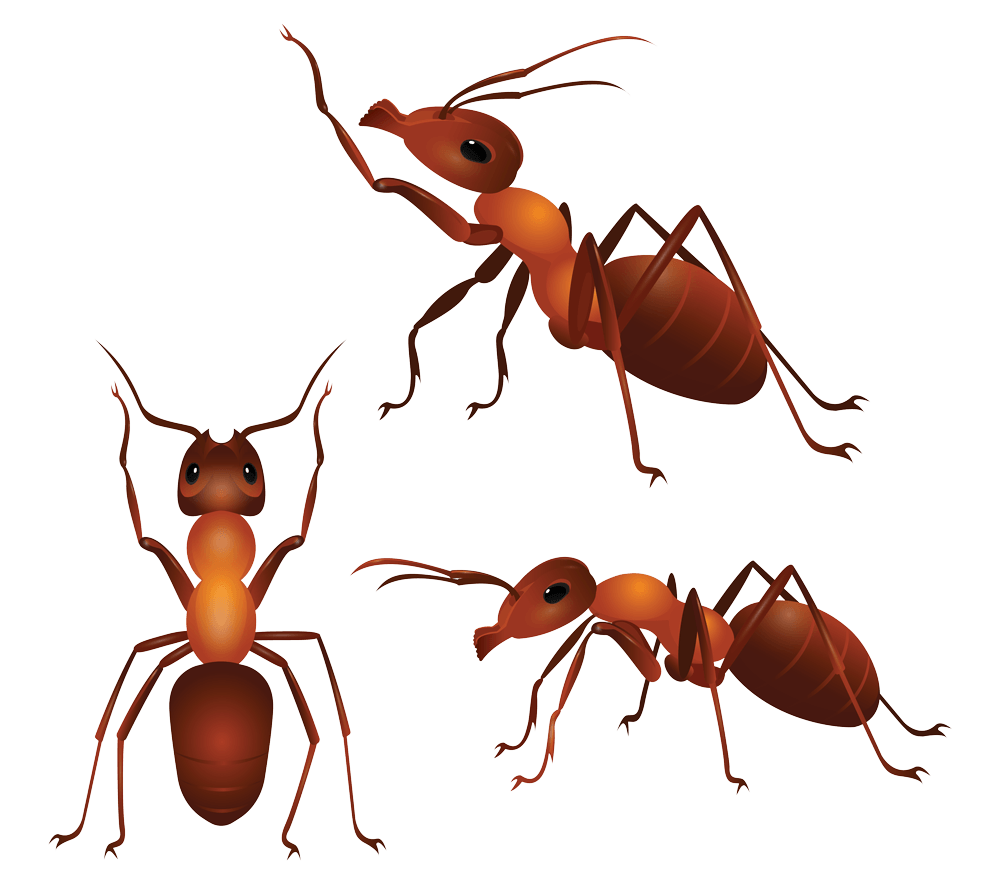If there is one insect that is nearly impossible to avoid, it is the ant. These tiny pests make up anywhere from 20-40% of animal biomass on the planet. The bane of indoor kitchens, outdoor patios, and picnics alike, the vast majority of their kind are opportunistic predators, scavengers, and herbivores. Some species, such as the Leafcutter, feed on a fungus that grows only in their colonies. Others have developed specialized techniques for gathering nutrition and have been farming for about 60 million years.
Ants live in colonies whose sizes differ by species. While some may live in groups of just a few dozen, such as the giant Amazonian, with an average of 19 workers, the common mound ant, which is found globally, routinely has colonies of more than a quarter-million individuals. Most are black and red, although some vary, like the green-head and green tree ants. Some tropical species like the Australian Blue have a metallic sheen to them. While modern types typically measure up to 2 inches, the largest species ever - Titanomyrma giganteum – had a queen whose body was 2.4 inches long with a 5.9-inch wingspan.
Locally, an extremely bothersome species is the Carpenter Ant, which, despite its name, does not build anything. It chews through moist wood and creates space for laying eggs. Over time, the structure of the wood can sustain complete failure and cause incredible damage to your home. They can have colonies in the tens of thousands. Another tiny monster that pops up here is the Pharaoh Ant, whose colonies can contain several hundred thousand workers, depending on space and food sources. This indoor-thriving, territorial beasts can take over an entire office block with a one-queen colony. Hide the candy as these guys love sweets.
Ants use their keen sense of smell and communication abilities to track down food and water, even from long distances and use an internal pedometer to remember how far they’ve gone and chemicals to mark how to get back.
Large colonies are sometimes referred to as superorganisms because they work together so well it seems as though the colony is acting as one large animal. In a colony, the majority are workers or soldiers, and when there is foraging to be done, they typically send older ants who are more likely to die of natural causes rather than younger ants, who may defend the colony should the need to arise. Worker ants can carry up to twenty times their body weight, which helps store enough food for the many mouths to feed. They are found just about everywhere on Earth, except for Antarctica and a few uninhabitable islands.
These tiny pests are hard to control on your own and can be very frustrating. At New Day Pest Control, leave that struggle to us. For residents of Bergen, Essex, Hudson, and Passaic counties, we have the experience and knowledge to get rid of whatever creepy crawlies are ruining your day. For all your pest control needs, contact us today and get started on an ant-free home or business.


